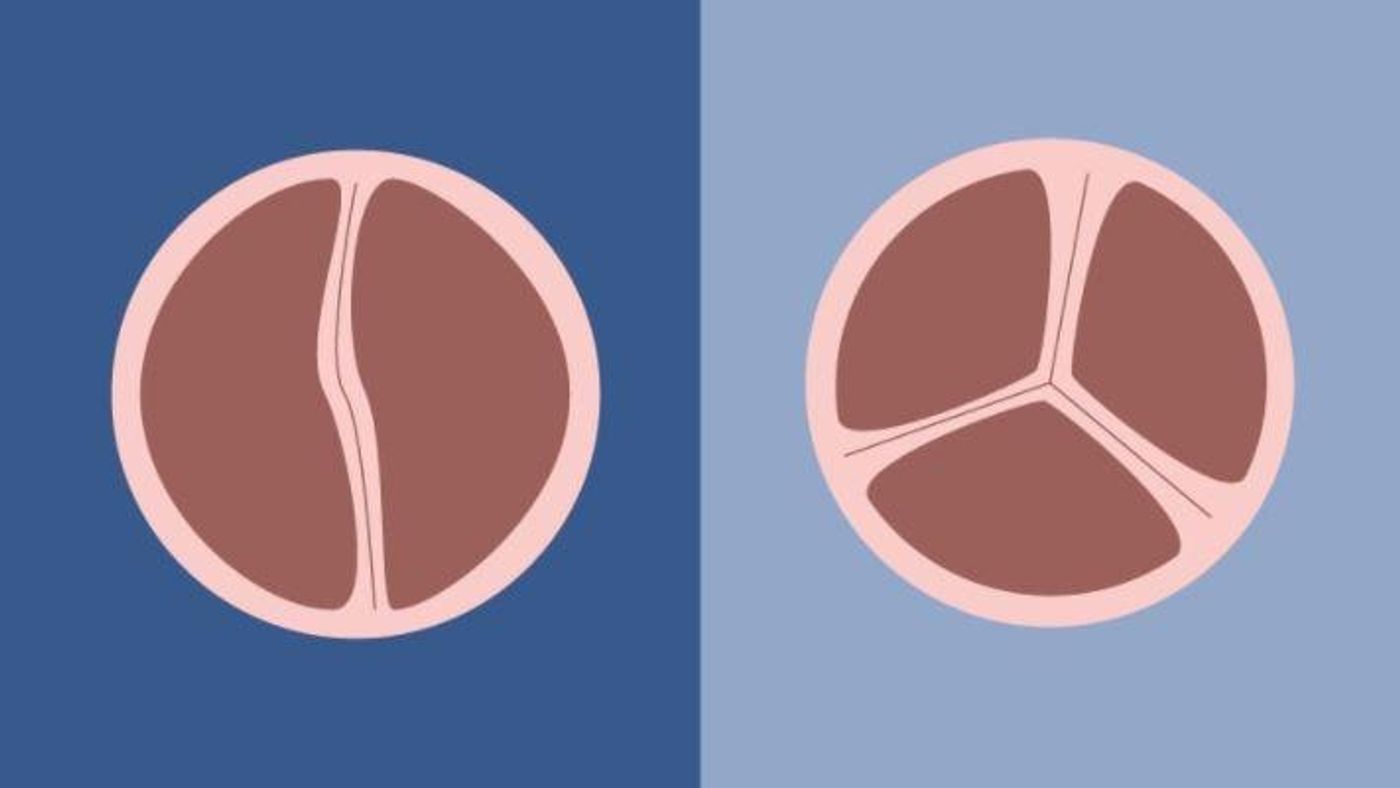Two Genetic Variants Discovered in Association with Bicuspid Aortic Valve Disease
What happens during development to create the most common congenital heart defect, a bicuspid aortic valve (BAV)? The identification of two genetic variants linked to BAV is the newest step forward, made by researchers during a new study from the University of Michigan, published in the journal Nature Communications.
The Michigan Medicine study is the first successful genome-wide association study (GWAS) of patients with BAV. Thanks to the results from the GWAS, two new genetic variants were linked to this defect, both influencing a key cardiac transcription factor called GATA4, which is connected to cardiovascular development in the womb. GATA4 mutations have been studied in the best in relation to other heart defects.
"One of the regions we identify actually changes the protein coded by the gene, and the other likely changes expression levels of GATA4 during valve formation," explained senior author Cristen Willer, PhD. While Willer and her team are still figuring out the details, the two genetic variants somehow cause disruption during the “endothelial-mesenchymal transition,” an important part of aortic valve development.
The research team completed their GWAS with the help of 466 BAV patients and 4660 controls from the University of Michigan, as well as 1326 BAV patients and 8,103 controls from other institutions for a follow-up study to confirm their results. After identifying the two GATA4-linked genetic variants, researchers altered white blood cells to reassume a stem cell state, changing their genetic code in order to study the effects of the genetic variants on aortic valve development.
The University of Michigan researchers plan on continuing their study of the two newly-identified genetic variants and their involvement during BAV development.
About bicuspid aortic valve defects
People with BAV - also referred to as having bicuspid aortic valve disease - develop aortic valves with two leaflets, or holes for blood to flow through, instead of the typical three. The aortic valve is a particularly bad place in the heart for a defect; the aorta is the primary artery connecting the heart to the rest of the body and providing oxygen- and nutrient-rich blood to the body tissues. Therefore, people with BAV have limited blood-pumping function and often suffer complications associated with reduced blood flow to the body tissues: aortic stenosis (narrowed valve), aortic insufficiency or regurgitation (leaking valve), valve infection, aortic aneurysm.
Sources: Cleveland Clinic, University of Michigan









